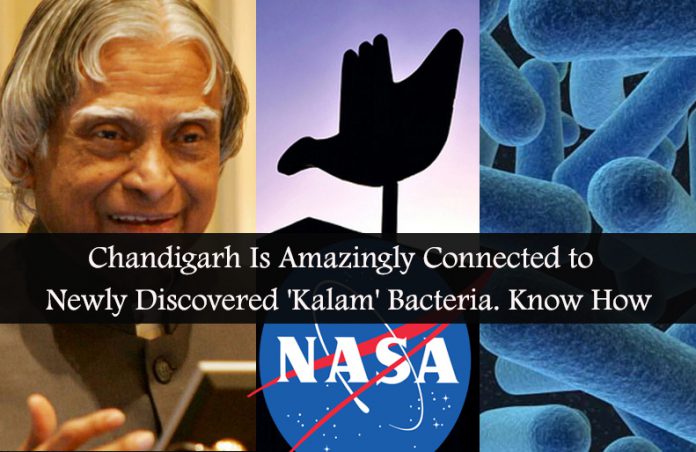You always have heard IITs, IISc, DRDO and such premier institutions having their names in the acclaimed researches, but Chandigarh has a reason to boast about.
The newly discovered bacteria -Solibacillus kalamii- had the joint efforts of scientists of NASA’s Jet Propulsion Laboratory (JPL) in California and Chandigarh’s Institute of Microbial Technology (IMTECH).
HOW THE BACTERIA WAS DISCOVERED?
The bacteria -Solibacillus kalamii -was isolated from High Efficiency Particulate Air (HEPA) filters (used to revitalize the air and filter out microbes and viruses in International Space Station) in Space Transportation System (STS)-134.
Space Transportation System (STS)-134 was the penultimate mission of NASA’s Space Shuttle programme to International Space Station and the last flight of Space Shuttle Endeavour.
The filter in the International Space station from where Solibacillus kalamii was isolated returned to Earth in May 2011 using STS-134.
“HEPA will be an excellent sample since materials collected over a long period of time will be useful to know what kind of microorganisms were inside the International Space Station, and were breathed in and out by astronauts,” said Kasthuri Venkateswaran, senior research scientist at the California Institute of Technology’s Jet Propulsion Laboratory.
Scientists at NASA say that since the bacterium consists of an extraneous layer, it can be utilized in making pharmaceutical compounds. Its resistance to various types of radiation (UV , gamma, etc) will be tested to develop sterilization and cleaning techniques, they say.





















